Topic: Canadian Militia
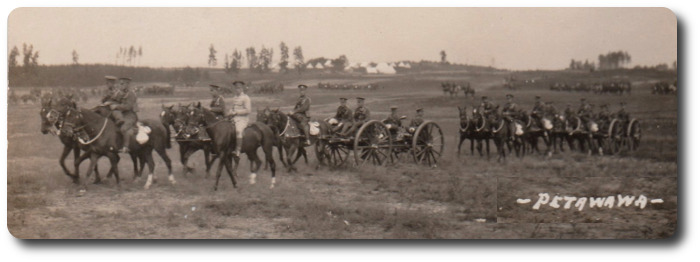
The New Training Ground for the Canadian Militia
A Description of the Petawawa Camp
Harbor Brace Standard, 4 November 1905
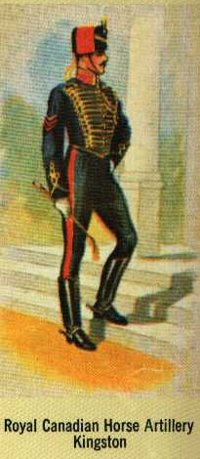 The following are the impressions of a Canadian artillery officer with respect to the new camp grounds at Petawawa, as given to the "Canadian Military Gazette": —
The following are the impressions of a Canadian artillery officer with respect to the new camp grounds at Petawawa, as given to the "Canadian Military Gazette": —
I have just returned from the new camp grounds at Petawawa, just west of Pembroke on the C.P.R. and can not speak too highly of this new place as a camp. Or the treatment extended to me there, my only regret being that I could not remain there longer, although it was cold. I profited by the careful and friendly instruction given willingly by the officers in charge, as well as by the N.C.O.'s. I will confess that I learned more and got a better idea of real soldiering than I have obtained in several camps, and have taken more hard knocks from tree branches in a few days than I ever took in my life.

The country is of a most interesting nature, hills, valleys, and rivers, with very few 'billiard table parade grounds.' This does away with ceremonial work and permits the targets being so placed that it requires keen sight to pick them out and keep them in sight, thus training the eyes. It also makes the correct observations of rounds more than ever necessary, and which, by the way, is not by any means an easy task at the Petawawa ranges, even with a good field glass, as the trees and sandy soil sometimes swallowed the projectile, seemingly without a sputter, so that hot a few rounds must be marked doubtful and acted upon accordingly.

The woods, although not of heavy timber, are thick, and the necessity of keeping the waggon line (400 yards in rear) correctly in touch with the guns, has been more clearly demonstrated. It is not so easily done, as has been proved in our other camps, and my sympathies are with the captain if he does get lost, waggons and all, as happened more than once. The placing of guns in action under real (not imaginary) cover, and the use of aiming posts, was the feature of the war game this year, and it certainly was the most interesting procedure, the real importance of which cannot be over-estimated, as exposure to enemy's fire and heavy casualties reduce efficiency and may mean loss of guns or position. Apart from this advantage, it enables the battery to come into action quietly and without unnecessary hurry or exceitment, thus saving the men and gun layers, and enabling them to move perfectly and at the same time carry out their work correctly.

The actual shooting scores of the competing batteries from all accounts do not seem to be brilliant, but the work has been gone through and mistakes and difficulties pointed out or explained will no doubt pave the way for excellent work next year on these hard and yet unknown ranges.
The first day was occupied by the visiting battery teams in qualifying the gun layers, the second being instructional day, in which firing was done and general matters thoroughly explained. The third day there were the firing competition, but in some cases where the weather was bad the instructional part took place in the morning and the competitions were carried out in the afternoon, making a fairly heavy day of it.
The drawbacks to Petawawa as a camp seem to be those particularly affecting the N.C.O.'s and men. The place does not suffer from any over-supply of visitors —in fact, it is lonely. Reading matter is scarce, and the darkness comes down early, so that it is a case of all work (and hard work, too) and no play. Perhaps this may be remedied next year. I think a good big tent (not a little marquee for 150 men), well lighted, where the men could have some sport of listen to 'their bands,' would be a perfect boon, and more than appreciated by one and all.


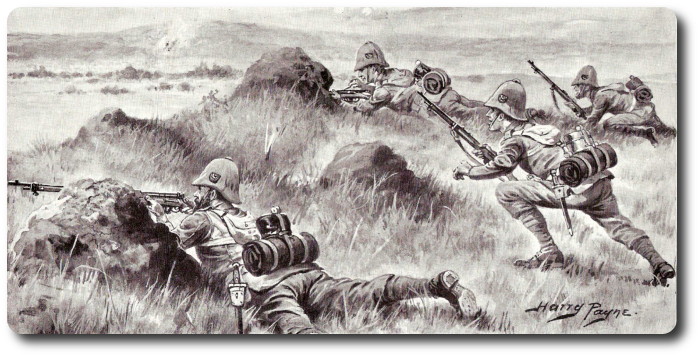
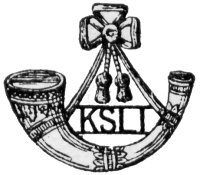 Out into the dark night the Shropshires sent a heavy picket with instructions to the men to be very careful to challenge every person who might come in or out of camp. At the foot of a kopje one of the men of the Shropshires stood on sentry, another private of the same regiment was returning to camp. The sentry promptly challenged, "Halt! who comes there?" and failing to call "Friend," the returning soldier said, "Oh, to you know me." These were fatal words, for no sooner had they been spoken when three ringing shots sounded through the Orange River garrison, three steady shots from the sentry's rifle, and his companion-in-arms fell, never to rise to life again. It was an unfortunate occurrence which cast gloom over the whole camp, but it shows that the rigidity of military discipline should not be trifled with.
Out into the dark night the Shropshires sent a heavy picket with instructions to the men to be very careful to challenge every person who might come in or out of camp. At the foot of a kopje one of the men of the Shropshires stood on sentry, another private of the same regiment was returning to camp. The sentry promptly challenged, "Halt! who comes there?" and failing to call "Friend," the returning soldier said, "Oh, to you know me." These were fatal words, for no sooner had they been spoken when three ringing shots sounded through the Orange River garrison, three steady shots from the sentry's rifle, and his companion-in-arms fell, never to rise to life again. It was an unfortunate occurrence which cast gloom over the whole camp, but it shows that the rigidity of military discipline should not be trifled with.
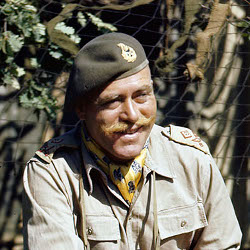 1. In a "message from the G.O.C." in the army newspaper Red Patch, Major-Gen. Christopher Vokes of Ottawa told the men of his Canadian division that "to command-incomparable fighting men such as yourselves is an honour which does not sit lightly on my shoulders."
1. In a "message from the G.O.C." in the army newspaper Red Patch, Major-Gen. Christopher Vokes of Ottawa told the men of his Canadian division that "to command-incomparable fighting men such as yourselves is an honour which does not sit lightly on my shoulders."

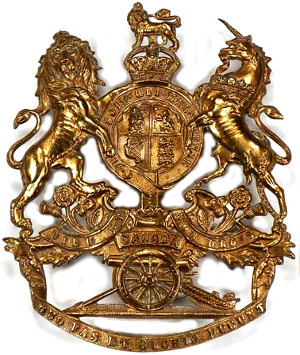 Sir.—I read with much interest a letter signed "Ex-Cadet" in The Mail a couple of weeks since. The writer complained of the high-handed way in which military matters had been conducted at the
Sir.—I read with much interest a letter signed "Ex-Cadet" in The Mail a couple of weeks since. The writer complained of the high-handed way in which military matters had been conducted at the 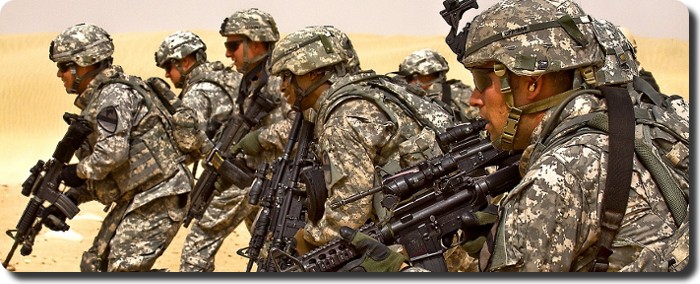
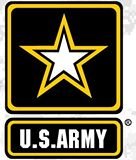 Reference Officer Retention. Instead of looking for outside influences, the Army needs to look inward. Good units with good leaders retain more soldiers. The same is true for the officer corps. When junior officers have strong, positive leadership, they are more inclined to stay in the Army. When presented with bad leadership, they want out. Talking with peers, most notably in the past 6 months, there seems to be an alarming number of bad leaders out there. Leaders who sugar coat things to higher; leaders who lie; leaders who are immoral; leaders who won't think twice about killing a career over an honest mistake or a difference of opinion; leaders who lead by fear and intimidation; leaders who care more about themselves than their soldiers/officers; leaders who look away at transgressions of others "for the good of the Army". Who wants to work under conditions where they are exposed to bad leadership? Who wants to be in an Army where the people who succeed do not fit the mold of the person you want to be? Who wants to be in a unit where the leadership would not think twice about overworking you or exposing you to unnecessary hardship and/or risk? Who wants to serve in an organization where they are disgraced by the acts of a few? While I can't voice the percentage of bad leaders, what number of examples would indicate that there are too many? I would argue that in the profession of arms, one would be too many. If in an officer's first couple of years in the Army he exposed to bad leaders without any examples/exposure to good leaders, you can bet he will leave. If exposed to an even mix of good and bad, the severity of each and/or the sequence relative to the time of the decision to stay in the army is made, will effect the decision. If exposed to only good leaders, there will still be some who elect to leave the service but at a much lower rate.
Reference Officer Retention. Instead of looking for outside influences, the Army needs to look inward. Good units with good leaders retain more soldiers. The same is true for the officer corps. When junior officers have strong, positive leadership, they are more inclined to stay in the Army. When presented with bad leadership, they want out. Talking with peers, most notably in the past 6 months, there seems to be an alarming number of bad leaders out there. Leaders who sugar coat things to higher; leaders who lie; leaders who are immoral; leaders who won't think twice about killing a career over an honest mistake or a difference of opinion; leaders who lead by fear and intimidation; leaders who care more about themselves than their soldiers/officers; leaders who look away at transgressions of others "for the good of the Army". Who wants to work under conditions where they are exposed to bad leadership? Who wants to be in an Army where the people who succeed do not fit the mold of the person you want to be? Who wants to be in a unit where the leadership would not think twice about overworking you or exposing you to unnecessary hardship and/or risk? Who wants to serve in an organization where they are disgraced by the acts of a few? While I can't voice the percentage of bad leaders, what number of examples would indicate that there are too many? I would argue that in the profession of arms, one would be too many. If in an officer's first couple of years in the Army he exposed to bad leaders without any examples/exposure to good leaders, you can bet he will leave. If exposed to an even mix of good and bad, the severity of each and/or the sequence relative to the time of the decision to stay in the army is made, will effect the decision. If exposed to only good leaders, there will still be some who elect to leave the service but at a much lower rate.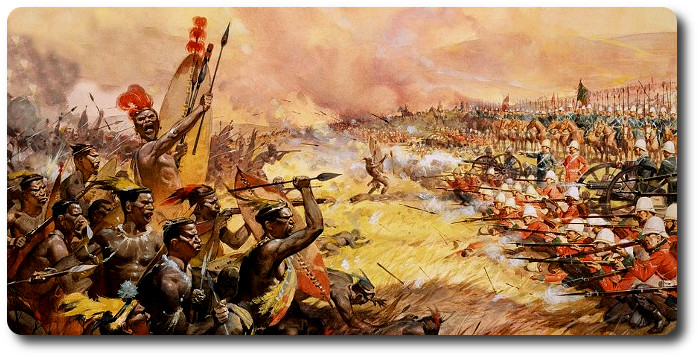
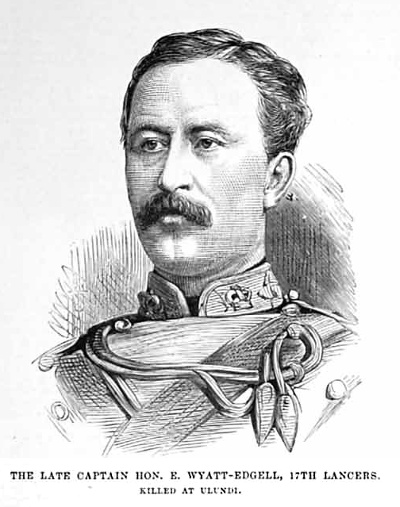
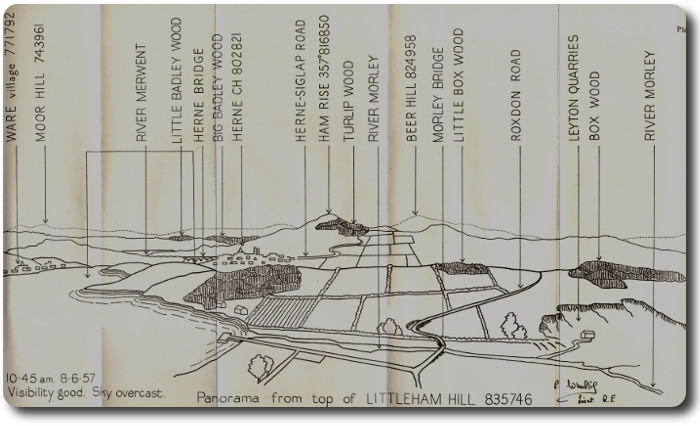
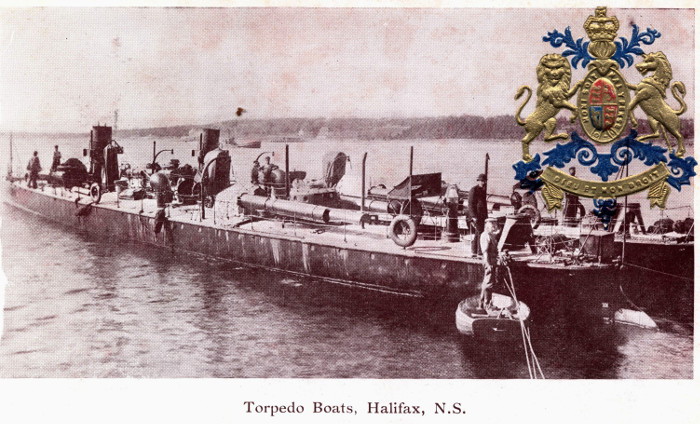
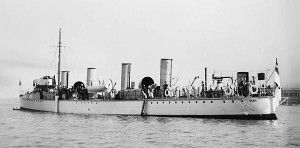
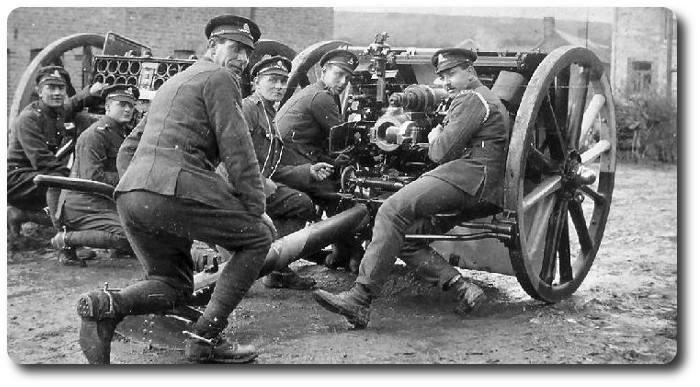
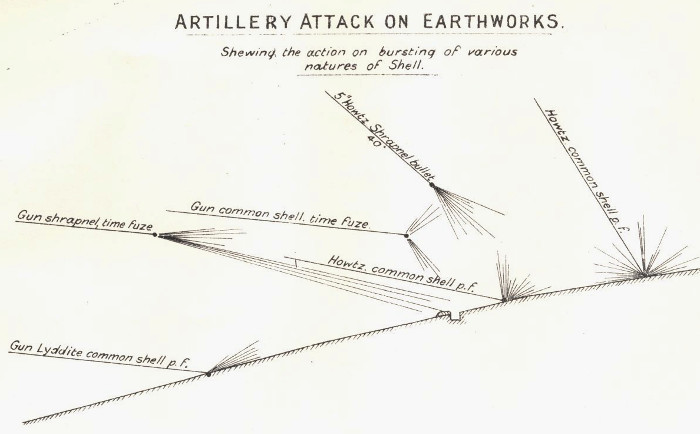
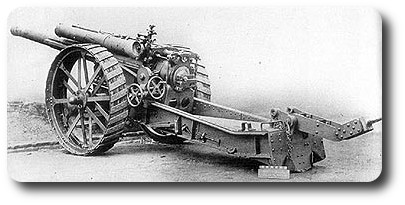 The 60-pr. B.L. and 4.7-in. Q.F. are examples of heavy artillery guns. Their range is longer than that of field artillery, and their shrapnel bullets are heavier; their searching power is, however, little greater, and their shells are equally liable to be deflected by a very slight bank of earth,
The 60-pr. B.L. and 4.7-in. Q.F. are examples of heavy artillery guns. Their range is longer than that of field artillery, and their shrapnel bullets are heavier; their searching power is, however, little greater, and their shells are equally liable to be deflected by a very slight bank of earth,

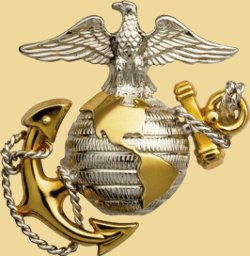 Basic School was a school in fact as well as in name, a halfway house between the campus and the real
Basic School was a school in fact as well as in name, a halfway house between the campus and the real 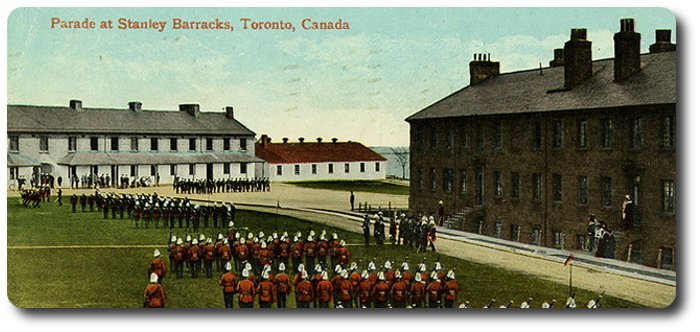
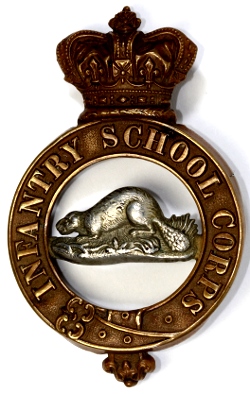 This well-known company was raised at the same time as "A" and "B" companies, under the following officers:
This well-known company was raised at the same time as "A" and "B" companies, under the following officers: 
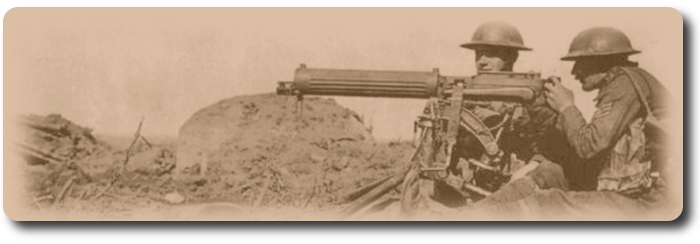
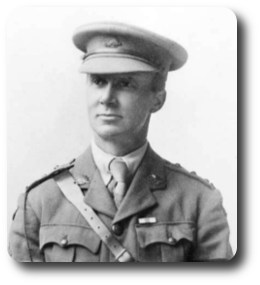 On March 13, 1918,
On March 13, 1918, 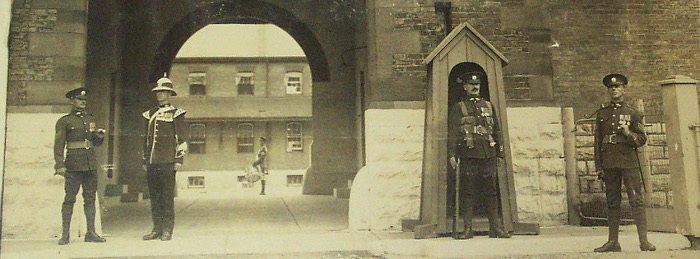

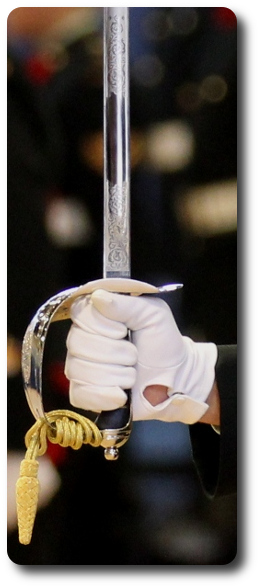 2. The Profession of Arms is an ancient and honorable one. The Homeric Warriors, the Knights of the Round Table, Jeanne d'Arc are part of our heritage.
2. The Profession of Arms is an ancient and honorable one. The Homeric Warriors, the Knights of the Round Table, Jeanne d'Arc are part of our heritage.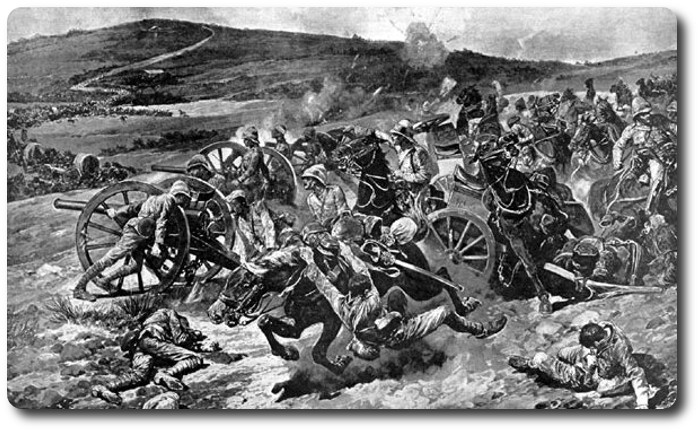

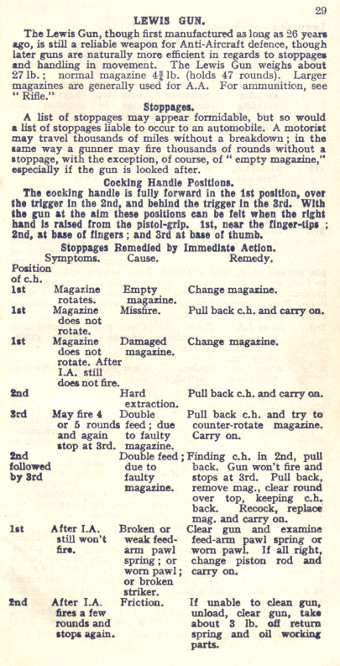
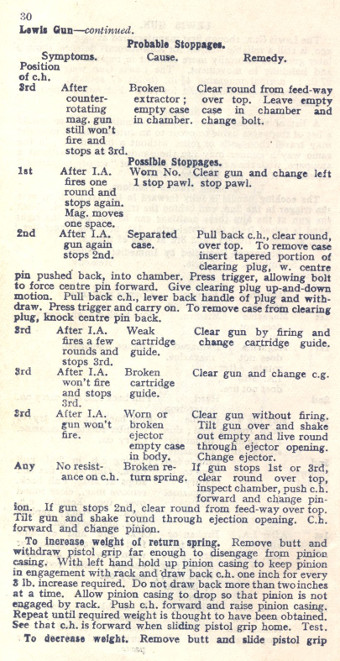
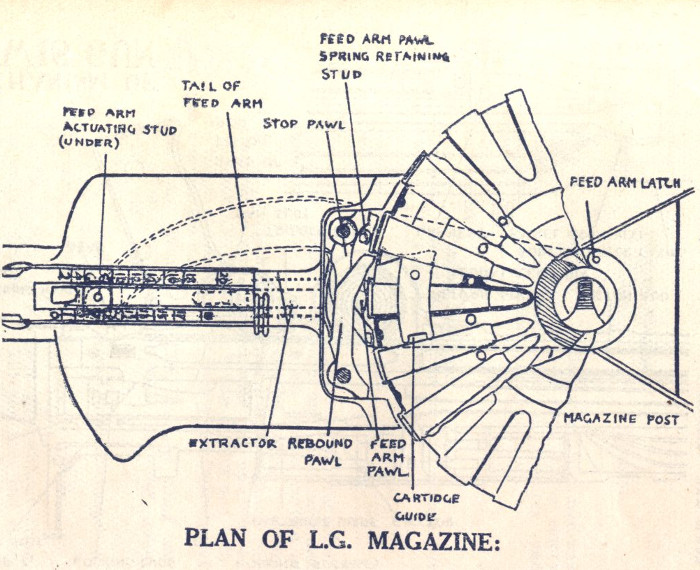
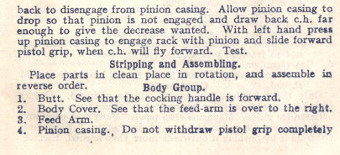
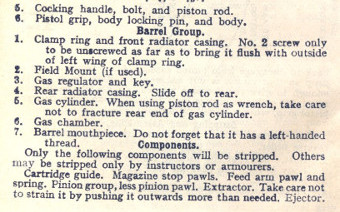
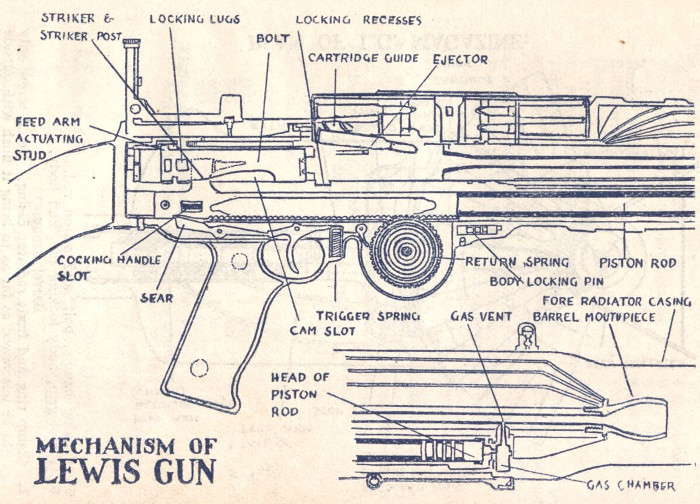
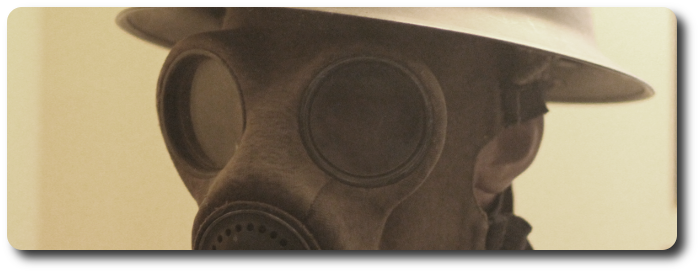
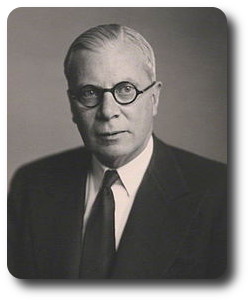
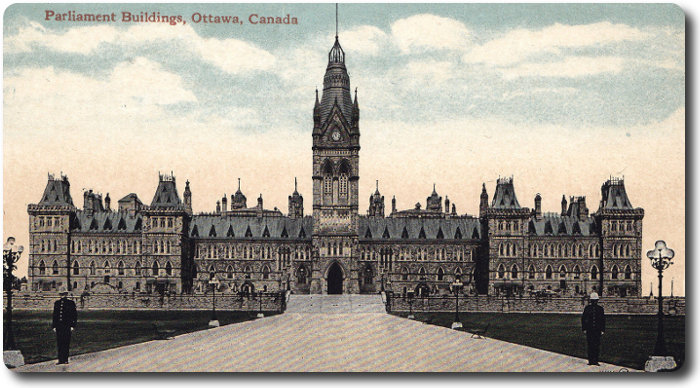
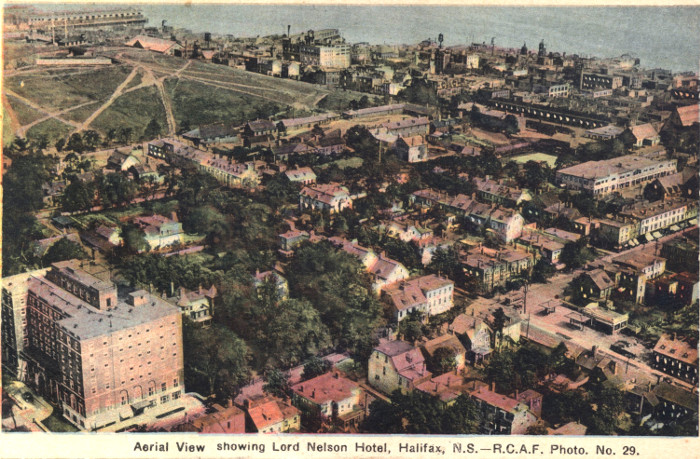
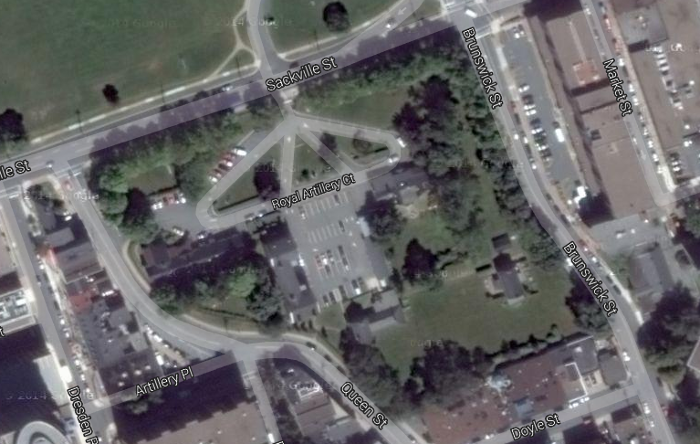
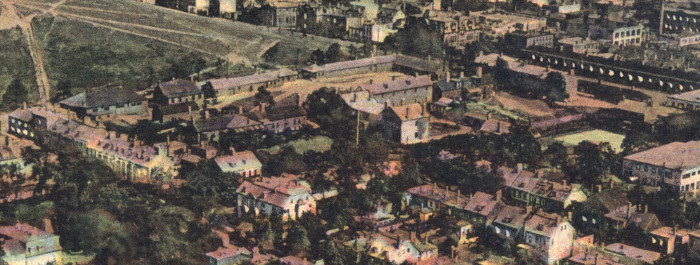
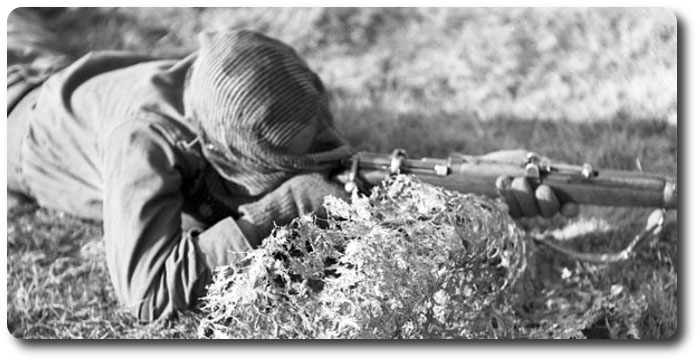
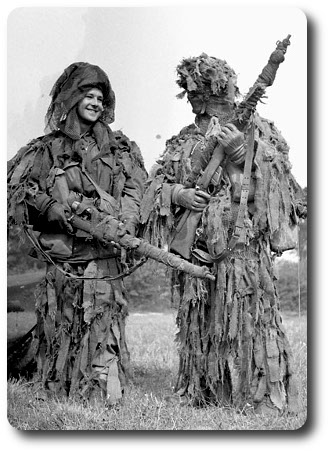 When you stalk an enemy, you need to use all the knowledge and skill that you have learnt in weapon training and fieldcraft lessons.
When you stalk an enemy, you need to use all the knowledge and skill that you have learnt in weapon training and fieldcraft lessons.